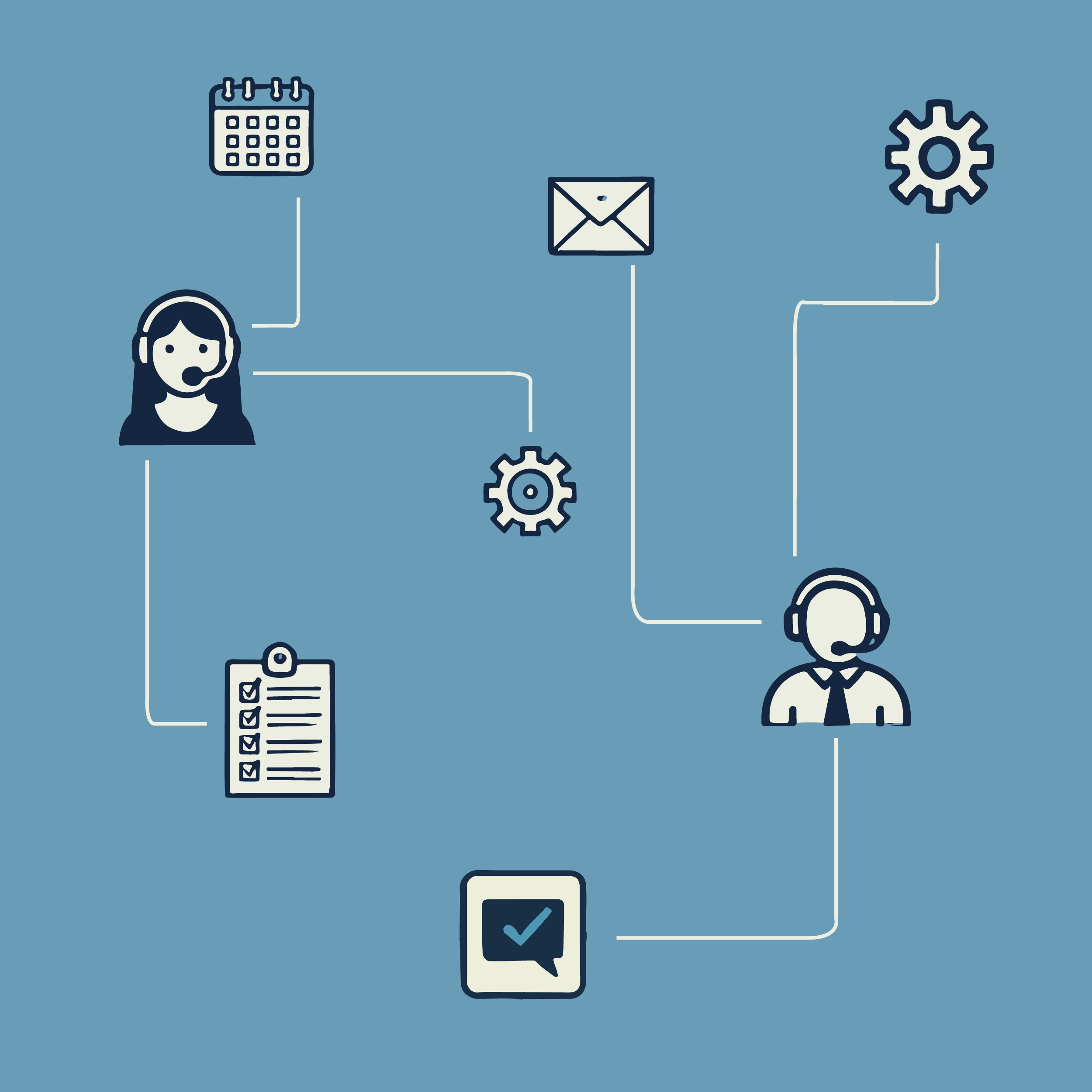Check out our White Paper Series!
A complete library of helpful advice and survival guides for every aspect of system monitoring and control.
1-800-693-0351
Have a specific question? Ask our team of expert engineers and get a specific answer!
Sign up for the next DPS Factory Training!

Whether you're new to our equipment or you've used it for years, DPS factory training is the best way to get more from your monitoring.
Reserve Your Seat TodayTracking alarms and managing event logs without an integrated alarm monitoring system can be overwhelming. For many network managers, having alarms scattered across multiple systems with no central reporting leads to problems. You can see missed alerts, slow response times, and inconsistent records.
While some use ticketing systems to log events, they don't always integrate these systems with their monitoring tools. This separation often results in valuable alarm data being missed or mishandled. That puts you (and your business!) at risk for:
Let's explore how you can solve this problem by integrating remote monitoring systems with your ticketing system for automated and efficient alarm handling and ticket creation.

If you're monitoring alarms and events without integrating them into your ticketing system, you're likely relying on manual processes that are time-consuming and prone to human error. Technicians might have to manually check various systems for alarms, transfer details into ticketing systems, and make sure that the right people are notified - all while trying to resolve the issue. This can result in missed alarms, delayed responses, and miscommunication between team members.
Imagine getting an alarm about a critical network failure at a remote location. The alert pops up on your monitoring dashboard, but during a busy period, it's missed. Without automatic ticket generation, no one follows up, and it's hours before someone realizes there's a problem.
In industries like telecom, utilities, and transportation, this delay can lead to substantial financial losses or - in more severe cases - disruptions to services that are important for public safety.
There are several ways organizations attempt to manage alarms and events manually. Unfortunately, most of these fail to effectively solve the problem. A few common approaches that simply don't work are:
Some organizations rely on employees to manually log events by entering alarm data into a ticketing system. This is very inefficient and prone to human error. Employees can easily get too busy or distracted, and details can be entered incorrectly or incompletely. This leads to delays in addressing critical issues. All of this could have been avoided with an automated system.
Organizations that monitor multiple systems individually use separate tools for each type of monitoring. That means network monitoring, environmental monitoring, and other monitoring systems often require staff to switch between them constantly.
Doing this wastes time and increases the likelihood that alarms will be overlooked. Bouncing between different platforms creates confusion, slows down responses, and results in unnecessary downtime.
Email notifications are a good step towards improving alarm awareness, but relying solely on them creates risks. With crowded inboxes, critical alarms can easily get buried under other messages, resulting in delayed responses or missed alarms altogether. Even worse, email notifications alone don't provide the structured & traceable response that an integrated ticketing system offers.
The above methods leave room for error and inefficiency. In many cases, they lead organizations to search for a more integrated and automated solution for alarm management - one that provides real-time visibility and faster, more reliable responses.
To resolve these issues, you need a system that integrates alarm monitoring with your ticketing platform. The best solution will consolidate alarm data from various sources, automate ticket creation, and streamline communication between your monitoring tools and ticketing systems.
This allows for easy integration with popular ticketing systems like ServiceNow, Jira, or Zendesk.
These are the key features you should look for when choosing a monitoring system that cleanly feeds data into your ticketing system:
Integrating your monitoring system with your ticketing platform is the key to faster responses, fewer missed alarms, and more reliable network uptime. DPS products, such as the NetGuardian RTUs and the T/Mon LNX, offer the ideal solution for consolidating alarm management, automating responses, and providing full visibility into your network's health.
If you're ready to enhance your network monitoring capabilities, contact DPS Telecom today to learn how we can help you integrate alarm monitoring with your existing ticketing systems.
Our team of experts is here to guide you through every step, from system design to implementation, ensuring that your network operates efficiently and reliably. Call us at 1-800-622-3314 or email sales@dpstele.com to get started.

Andrew Erickson
Andrew Erickson is an Application Engineer at DPS Telecom, a manufacturer of semi-custom remote alarm monitoring systems based in Fresno, California. Andrew brings more than 19 years of experience building site monitoring solutions, developing intuitive user interfaces and documentation, and opt...